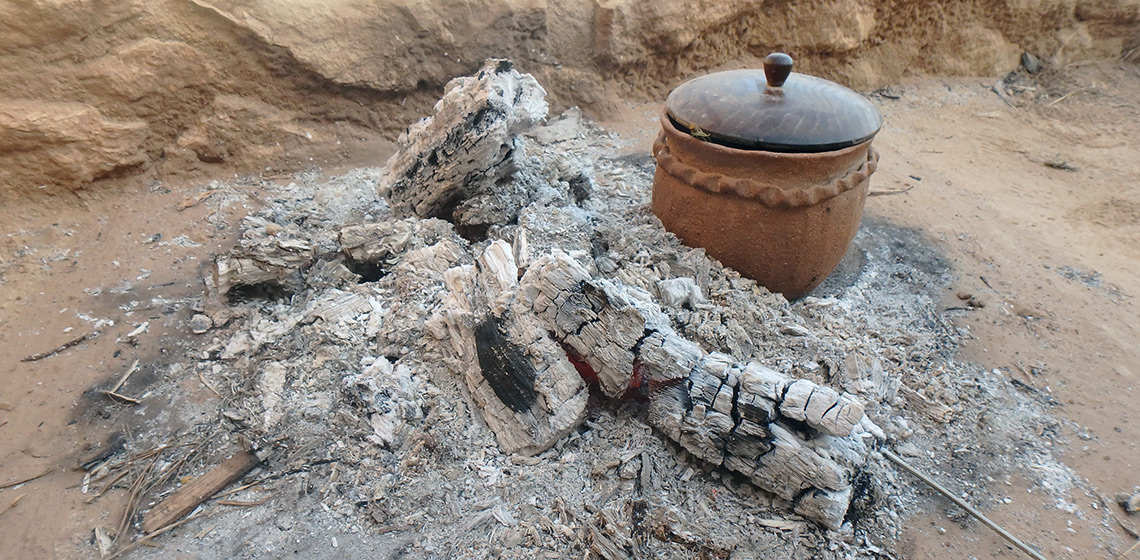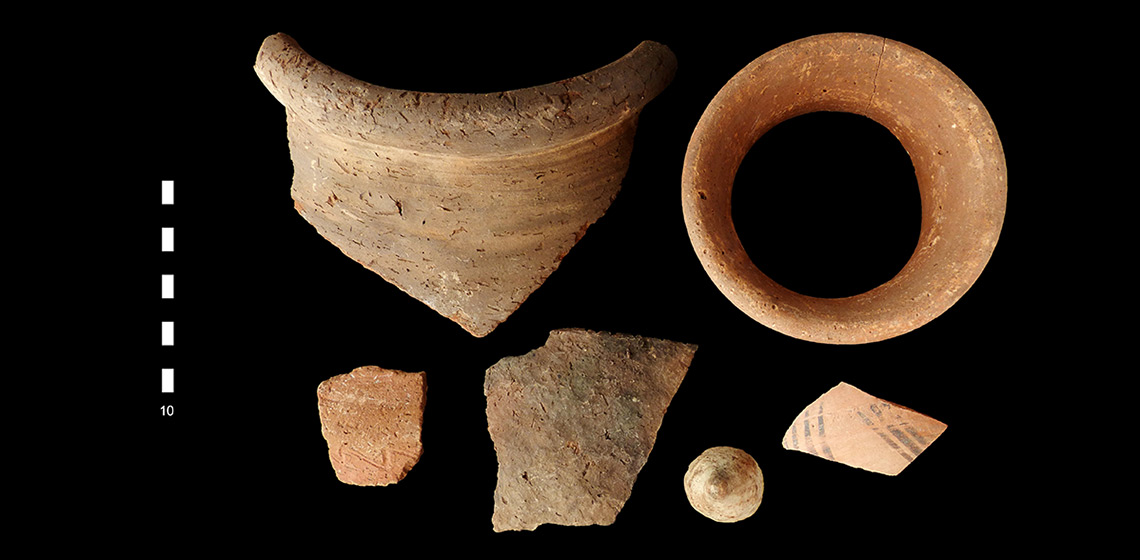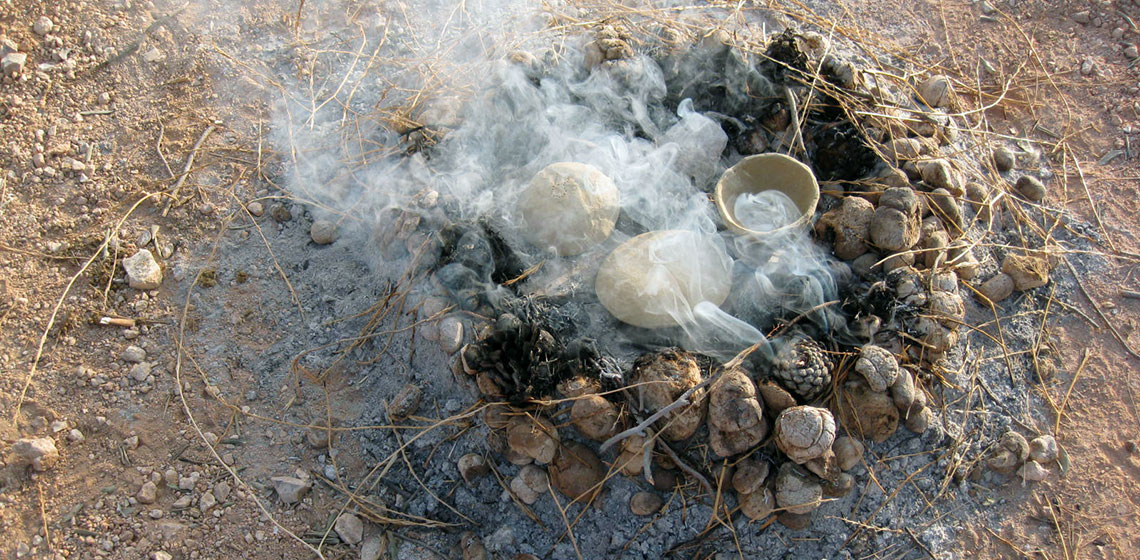fuel
Experimental Archaeology of Iron Age Firing Structures from the Western Mediterranean
Publication Date
Within the project “Transdisciplinary and experimental study of firing structures in the western Mediterranean during Protohistory (1st millennium BC)”, the TRANSCOMB project is an experimental research programme conducted at the Ciutadella Ibèrica (Iberian Citadell) of Calafell Archaeological Site (Tarragona, Spain) (See Figure 1 and Figure 2). The main objective of the research is to deepen our knowledge of ...
An Experimental Approach to Assessing the Tempering and Firing of Local Pottery Production in Nubia during the New Kingdom Period
Publication Date
Recently, the development of an independent strand of study, known as the ‘archaeology of dung,’ has resulted in numerous cross-geographical publications confirming the use of animal dung in archaeological deposits as the main fuel source and several other purposes. Most of these studies focus on the analysis of the microscopic evidence attributable to dung...
Experimental Bonfirings of Pottery with Camel Dung Fuel, Jordan, July 2018
Publication Date
The objective of this series of experimental pottery firings with camel dung fuel was to isolate the function of this fuel type within the context of a simple mode of pottery firing for data applicable to studies of ancient pottery manufacture...
The Question of Fuel for Cooking in Ancient Egypt and Sudan
Publication Date
Little is known about the actual cooking processes and in particular fuel-related activities in Egypt and Northern Sudan (Nubia) in antiquity, especially during the Bronze Age. Considering that wood was, in general, rare along the Nile valley and therefore an expensive raw material, animal dung was tested in 2018 by means of...




